HIV and cancer are considered among the most significant health risks for people worldwide. Both conditions can lead to serious health complications and can profoundly impact a person’s quality of life. We have already made you aware of HIV from the Top 10 Most Important Facts About AIDS and Top 10 Most Important Facts About HIV. Similarly, Cancer is a group of diseases characterized by the uncontrolled growth and spread of abnormal cells. It can affect any body part and can have severe consequences if not detected and treated early. So, the World’s #1 Source of Research-Based Content, The Daily Top 10 compiled a list of the Top 10 Leading and Most Common Types of Cancer in Asia.
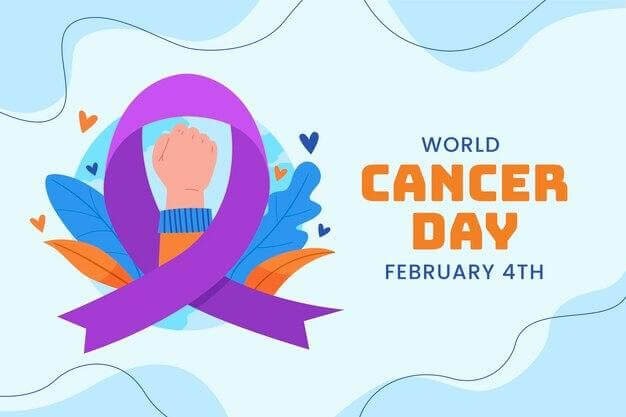
Early detection and treatment are crucial in improving the chances of survival and managing the symptoms of cancer. Treatment options include surgery, radiation therapy, chemotherapy, and targeted therapy, which can be used alone or in combination. It’s important to lead a healthy lifestyle to reduce the risk of developing cancer, such as maintaining a nutritious diet, staying physically active, avoiding harmful substances, and getting regular check-ups.
So, here’s an overview of the Top 10 Leading and Most Common Types of Cancer that will give you the best chance to find the Most Leading Types of Cancer in Asia.
What is the Leading and Most Common Type of Cancer in Asia?
Cancer is a leading cause of death in Asia, and its incidence is rising in many countries. While a variety of factors can cause cancer, some of the most common causes of cancer in Asia include the following:
- Infections
- Tobacco use
- Poor diet
- Environmental exposure
- Genetics
It’s important to note that these are not the only causes of cancer in Asia and that different populations and countries may have different patterns of risk factors. However, by understanding the potential causes of cancer in Asia, we can take steps to reduce the incidence of this devastating disease.

Did you know that cancer is the 9th Leading Cause of Death in the USA? So, now it is the time to see the Top 10 Leading and Most Common Types of Cancer in Asia. But before that, we will identify the rest of our list now!
TOP 10: Leukemia

According to Mayo Clinic, Leukemia is a type of cancer that affects the blood and bone marrow and is a leading cause of death in children and adults. Symptoms can include fatigue, weakness, and easy bleeding or bruising. Risk factors include age, genetics, and exposure to certain chemicals and radiation. Maintaining a healthy lifestyle through diet, exercise, and avoiding known risk factors can lower the risk of leukemia. Regular check-ups and screenings can also help detect the disease early.
It is important to seek medical attention if any concerning symptoms arise and to take steps to protect overall health through healthy habits and disease prevention. Early detection and treatment can significantly improve the chances of successful outcomes in the fight against leukemia. Advances in medical technology have led to new treatments and hope for those diagnosed with leukemia, making it possible for them to live longer healthier lives.
TOP 9: Prostate Cancer
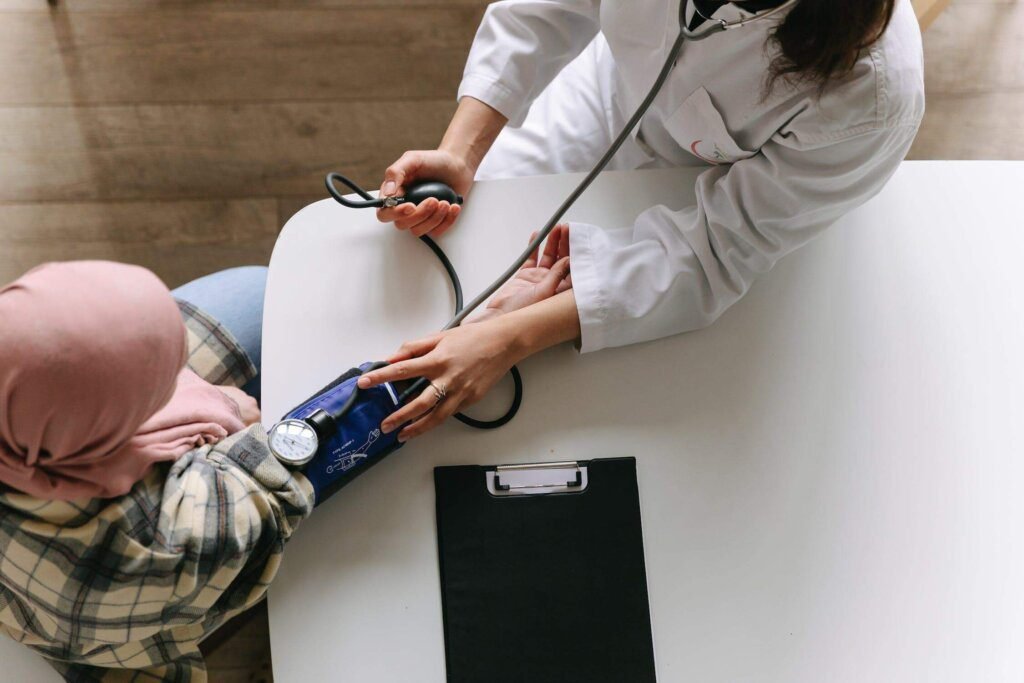
Prostate cancer is a severe health concern for men, and it is essential to be informed and take preventative measures. Urology Health reports that some common risk factors of prostate cancer include age, family history, and diet. Symptoms can include difficulty urinating, frequent urge to urinate, and pain in the pelvic area. Regular check-ups with a doctor and screenings such as a prostate-specific antigen (PSA) test can help detect prostate cancer early.
Treatment options range from active surveillance to surgery and radiation therapy, and decisions should be made with the guidance of a medical professional. Maintaining a healthy lifestyle through diet and exercise can lower prostate cancer risk.
TOP 8: Breast Cancer

Breast cancer is the 5th Leading Cause of Death in Germany which is a disease that affects both women and men and can have a profound impact on their lives. It is important to be proactive and prioritize self-care, such as maintaining a healthy diet and exercise routine, avoiding tobacco and excessive alcohol consumption, and limiting exposure to environmental toxins. You can recognize cancer early through regular self-exams, mammograms, and clinical breast exams can greatly increase the chances of successful treatment.
As mentioned by CDC, symptoms of breast cancer include a lump or thickening in the breast, changes in the skin over the breast, and discharge from the nipple. Risk factors for breast cancer are age, family history, and genetics. However, even women with no known risk factors can develop breast cancer. So, by staying informed and taking preventative measures, individuals can increase their chances of detecting breast cancer early and improve their chances for successful treatment.
TOP 7: Colorectal Cancer
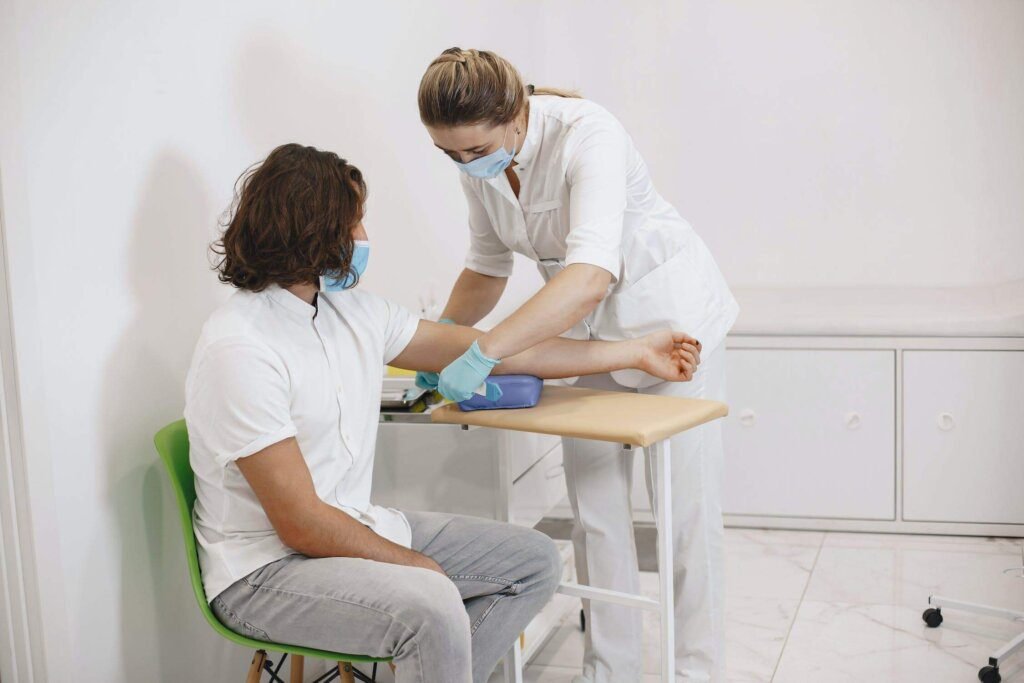
Based on the information we gathered from the American Cancer Society, colorectal cancer is a disease that affects the large intestine. It is a leading cause of death in the world. Early detection through regular screenings, such as a colonoscopy, can greatly increase the chances of successful treatment. Symptoms can include a change in bowel habits, blood in the stool, and abdominal pain. Risk factors include age, genetics, and lifestyle factors such as a diet high in processed foods and a lack of physical activity.
Maintaining a healthy lifestyle through diet, exercise, and regular check-ups can greatly reduce the risk of colorectal cancer. It is never too late to make positive changes and prioritize self-care to improve overall health and lower the risk of developing this serious disease.
TOP 6: Stomach Cancer

Stomach cancer, also known as gastric cancer, is a serious health concern that affects people worldwide. Stomach cancer begins when cancer cells form in the inner lining of your stomach. These cells can grow into a tumor. Also called gastric cancer, the disease usually grows slowly over many years. It is important to pay attention to changes in one’s body and seek medical attention if any concerning symptoms arise.
NHS informs that if you notice abdominal pain, loss of appetite, and weight loss, just go for a checkup and be alert for symptoms. By staying informed and proactive, individuals can improve their chances of early detection and successful treatment of stomach cancer.
TOP 5: Liver Cancer
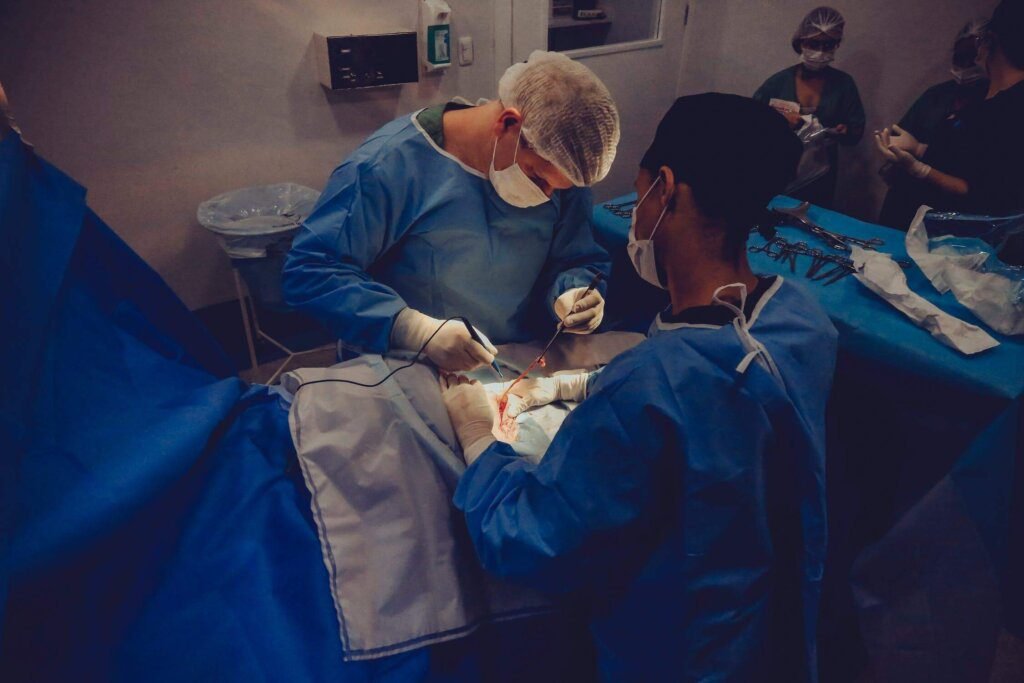
Liver cancer, also known as hepatocellular carcinoma, is a type of cancer that starts in the cells of the liver. The liver is a vital organ responsible for filtering toxins from the bloodstream, producing bile to help digest food, and regulating the levels of certain substances in the blood. Risk factors for liver cancer include hepatitis B and C infections, cirrhosis, heavy alcohol consumption, and nonalcoholic fatty liver disease.
According to the Cleveland Clinic, symptoms of liver cancer may include abdominal pain, weight loss, fatigue, and yellowing of the skin and eyes (jaundice). Diagnosis of liver cancer may involve imaging tests such as CT scans, MRI scans, and ultrasounds, as well as blood tests to look for elevated levels of liver enzymes. Treatment options may include surgery, radiation therapy, chemotherapy, or a combination of these. In some cases, liver transplantation may be an option for people with liver cancer.
TOP 4: Pancreatic Cancer

Based on the statistics of Med Scape, Pancreatic cancer is the tenth most common cancer in men and the eighth most common in women, but it is the fourth leading cause of cancer deaths; it accounts for about 3% of all cancers in the United States but is responsible for about 7% of all cancer-related deaths. It is a disease that affects the pancreas and is often fatal due to its aggressive nature and difficulty in detecting it early.
Pancreatic cancer is often difficult to detect in its early stages, and by the time symptoms appear, cancer may have already spread. This makes it one of the more challenging types of cancer to treat, and the prognosis is often poor. However, early detection and prompt treatment can improve outcomes and prolong survival in some cases.
TOP 3: Ovarian Cancer

Ovarian cancer is a serious disease that affects women and is often referred to as the “silent killer” due to its difficulty in detecting it early. Cancer Council‘s research recognized abdominal bloating, pain, and changes in bathroom habits are the symptoms of ovarian cancer. You may be able to detect cancer through regular pelvic exams and screenings such as a transvaginal ultrasound, which can greatly increase the chances of successful treatment.
It is important to be aware of the signs and symptoms of ovarian cancer and to seek medical attention if any concerning changes occur. Diagnosis of ovarian cancer typically involves a pelvic exam, ultrasound, and blood tests to look for elevated levels of a protein called CA-125. A biopsy may also be performed to examine tissue samples from the ovaries.
TOP 2: Esophageal Cancer

Hopkins Medicine states that Esophageal cancer is a disease in which cancer cells form in the tissues of the esophagus. Smoking, heavy alcohol use, and Barrett’s esophagus can increase the risk of esophageal cancer, and signs and symptoms of esophageal cancer are weight loss and painful or difficult swallowing. It can greatly impact an individual’s ability to eat, speak, and live life to the fullest.
Esophageal cancer is not possible to diagnose until it reaches advanced stages. So accuracy in the diagnosis and staging process is especially crucial for the best possible outcome. A doctor specializing in digestive diseases may be the first provider to recognize the signs of esophageal cancer. If you experience any symptoms of esophageal cancer, it is important to seek treatment early when the cancer is treatable.
TOP 1: Cervical Cancer
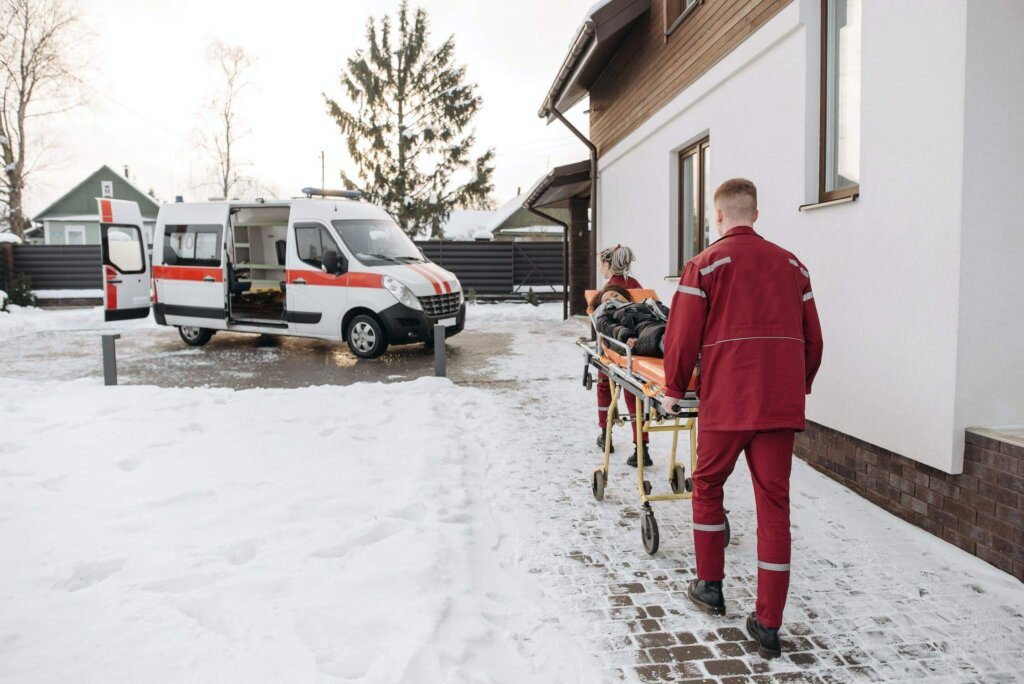
Cervical cancer is the Leading and Most Common Cancer Disease in Asia. It is a type of cancer that affects the cells of the cervix, the lower part of the uterus that connects to the vagina. It is caused by the human papillomavirus (HPV), a sexually transmitted infection. While cervical cancer can be a serious and life-threatening illness, it is also one of the most preventable forms of cancer. Early detection is key to the successful treatment of cervical cancer, and regular Pap tests and HPV screenings can help catch the disease in its early stages.
National Cancer Institute illustrates that vaccination against HPV is also highly recommended, as it can help prevent women from developing the disease in the first place. In addition to regular screenings and vaccination, lifestyle factors such as not smoking, maintaining a healthy diet, and engaging in regular physical activity can also reduce a woman’s risk of developing cervical cancer.
What are the Leading and Most Common Types of Cancer in Asia?
As one of the Top 10 Leading Causes of Death in Asia, cancer is a serious health concern in Asia, and various types of cancer pose a significant risk to the population. Some of the leading and most common types of cancer in Asia include Cervical cancer, breast cancer, colorectal cancer, stomach cancer, and liver cancer. These types of cancer can be caused by a combination of genetic, environmental, and lifestyle factors, and early detection and prompt treatment are key to improving outcomes. However, increasing awareness about the importance of cancer prevention and early detection and advancements in treatment options offer hope for improved outcomes for those affected by cancer in Asia.
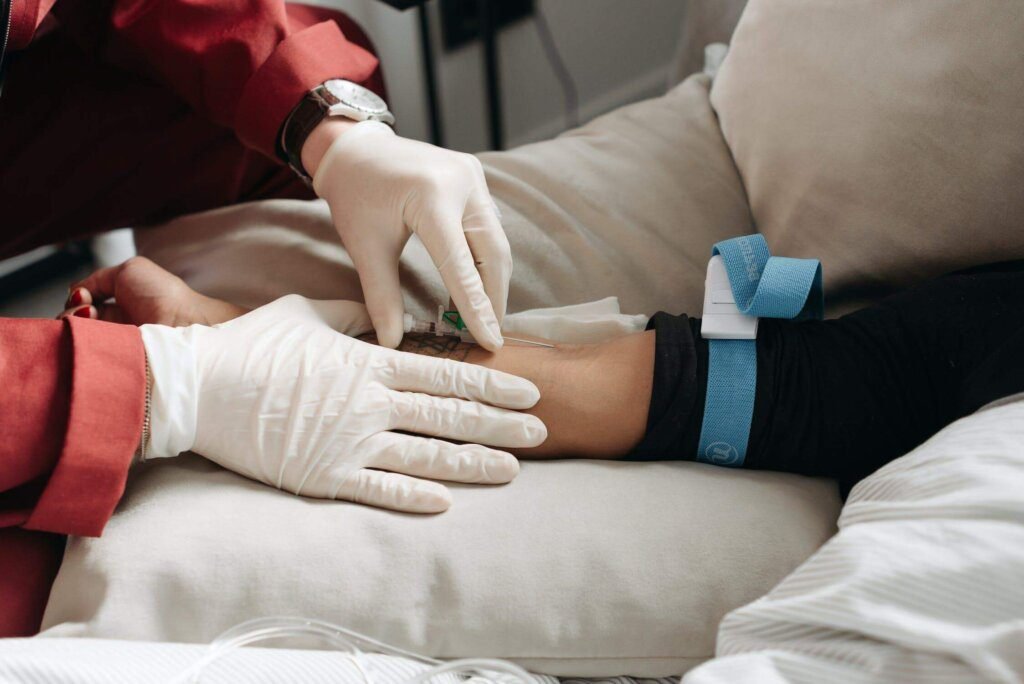
Here is the list of the Top 10 Leading and most Common Types of Cancer in Asia:
- Cervical Cancer
- Esophageal Cancer
- Ovarian Cancer
- Pancreatic Cancer
- Liver Cancer
- Stomach Cancer
- Colorectal Cancer
- Breast Cancer
- Prostate Cancer
- Leukemia
Asia is home to some of the world’s most advanced medical facilities and cutting-edge technology, as Best and Biggest Private Hospitals making it well equipped to address the challenge of cancer. With a strong focus on research and development, many Asian countries have made significant progress in the diagnosis and treatment of cancer.
Patients in Asia have access to the latest diagnostic tools, such as imaging scans, biopsy procedures, and blood tests, which help to identify cancer at an early stage. So, the high-tech medical infrastructure, combined with the expertise of skilled medical professionals, means that people in Asia need not fear cancer, as they can receive the highest quality of care and support. If you need more Asian news to get from our The Daily Top 10, browse for the Top 10 Technologically Advanced Countries in Asia and Top 10 Asia’s Business leaders Who Made an Impact in 2023.





Top 10 Best Home Remedies to Get Rid of All Types of Scars
Top 10 Worst Medications That Can Harm Your Kidneys
Top 10 World’s Inspiring Famous People Living With Disabilities
Top 10 Best and Most Beautiful Beaches in Japan (Updated)
Top 10 Best and Greatest Golfers in the USA of All Time
Top 10 Best & Biggest Private Hospitals in the USA (Updated)